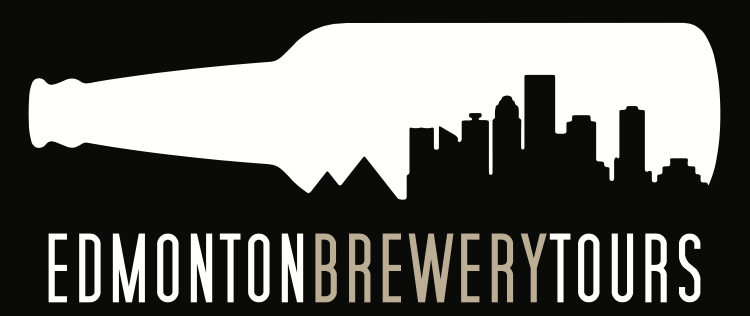So you fancy yourself a craft beer connoisseur. You’ve sampled a wide range of beers from Edmonton’s local breweries, and around the world. You know the difference between an English and Indian Pale Ale, and you wouldn’t be caught dead drinking a Lucky Lager. All in all, your craft beer knowledge is pretty good, but there’s always room for improvement. So where do you go from here?
Well, the next obvious step would be to start brewing your own! Home brewing has become an increasingly popular hobby lately, and for good reason. It’s fun, relaxing, and the finished product is something we all love – beer! Everyone will be in awe when you show up to the next shindig with a 6-pack of homemade beer in hand.
Even though the process of brewing may seem intimidating at first, it is actually pretty straightforward – if you can make porridge, you’re a good part of the way towards making your first brew. To make getting started easier, a variety of places around Edmonton, including Chapters and Winning Wines Plus, have brew kits available for the first-time brewer. The kits include all the basic equipment and grains you will need, as well as step by step instructions on how to go about turning that wort into frothy, delicious beer.
There are a couple different styles of brewing that you can do. The first is all-grain brewing, in which the brewer extracts the sugars from a mix of grains, and then ferments it into alcohol. The second is extract brewing, which cuts out the grain and instead uses flavour extracts to ferment into alcohol. Extract brewing is simpler, and requires less equipment since the whole “mash” step is cut out. Both have their pros and cons, but whatever you decide to go with, the end result is the same. You get to say that you made your own beer.
Now, all that’s left to do is to start brewing. So, take a deep breath, grab a couple craft beers to sip on, and dive right in – you’re going to have a blast. And if you’re looking for a few tips and tricks from the true masters of brewing, come join us Saturday’s for a Craft Beer Tour.
Alexander Sorochan




